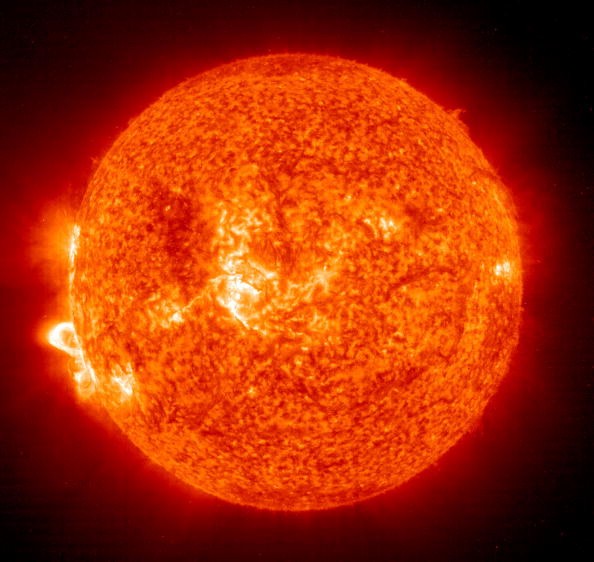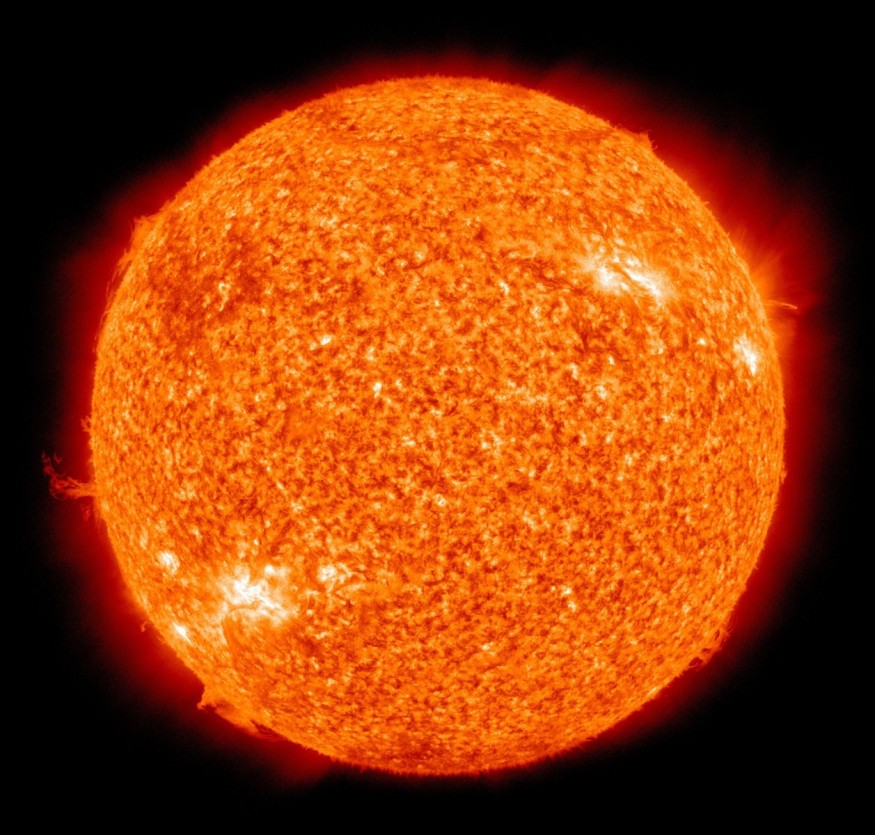
Today, a solar storm might pass by Earth. Days after a stunning Northern Light was seen above Scotland.
According to SpaceWeather.com, a stream of solar wind is expected to collide with the planet's magnetic field, causing a mild geomagnetic disruption in the polar regions.
On Friday, a coronal hole was spotted in the Sun's equatorial area, according to experts.
Coronal Hole

A coronal hole is an area of comparatively cold, less concentrated plasma in the solar corona where the magnetic field of the Sun extends as an open field into interplanetary space.
According to the Express, solar winds may escape into space and often move in the direction of our planet as the magnetic lines around these holes expand.
It comes after a powerful geomagnetic storm slammed Earth last week, causing the Aurora Borealis to appear above Scotland, with spectacular shades of green and purple visible.
"A tiny stream of solar wind is nearing Earth, and when it reaches on November 8 or 9, it might create pole geomagnetic instability," Space Weather stated.
"The gaseous substance is coming from a hole in the Sun's atmosphere around the equator. Auroras may emerge around the Arctic Circle if the planetary K-index rises to 3 or 4."
The solar winds aren't expected to generate much more than visible auroras caused by charged particles from the Sun imparting energy to atoms and molecules of gas in the atmosphere.
Active Solar Activity
According to the Met Office's space weather website, there has been 'no major action' in the previous 24 hours.
"Solar Activity has been modest during the previous 24 hours, with two common-class flares, both from an area in the northeast of the disc," according to the report.
"Solar activity is expected to be modest during the next four days, with a minor risk of moderate-class flares originating from the northeastern portion of the solar disc."
A solar flare is defined as a "massive explosion on the sun that occurs when energy trapped in 'twisted' magnetic fields (typically above sunspots) is released unexpectedly."
Solar flares are classified by their brightness in x-ray wavelengths, according to experts.
People as far as northern England could glimpse the magnificent spectacle due to a big solar flare.
Space Weather

The fluctuations in the space environment between the Sun and Earth are referred to as space weather. Space Weather, in particular, refers to the phenomena that have an influence on systems and technology in orbit and on Earth. From the surface of the Sun to the surface of the Earth, space weather may occur.
A space weather storm moves through the corona and into the solar wind as it departs the Sun. It energizes Earth's magnetosphere and accelerates electrons and protons down to Earth's magnetic field lines, where they smash with the atmosphere and ionosphere, especially at high latitudes. Each element of space weather has a distinct effect on technology.
Read also: Powerful Solar 'Superflare' That Only Occurs Once Every 10,000 Years: Can it Happen Today?
For more cosmic news, don't forget to follow Nature World News!
© 2025 NatureWorldNews.com All rights reserved. Do not reproduce without permission.





